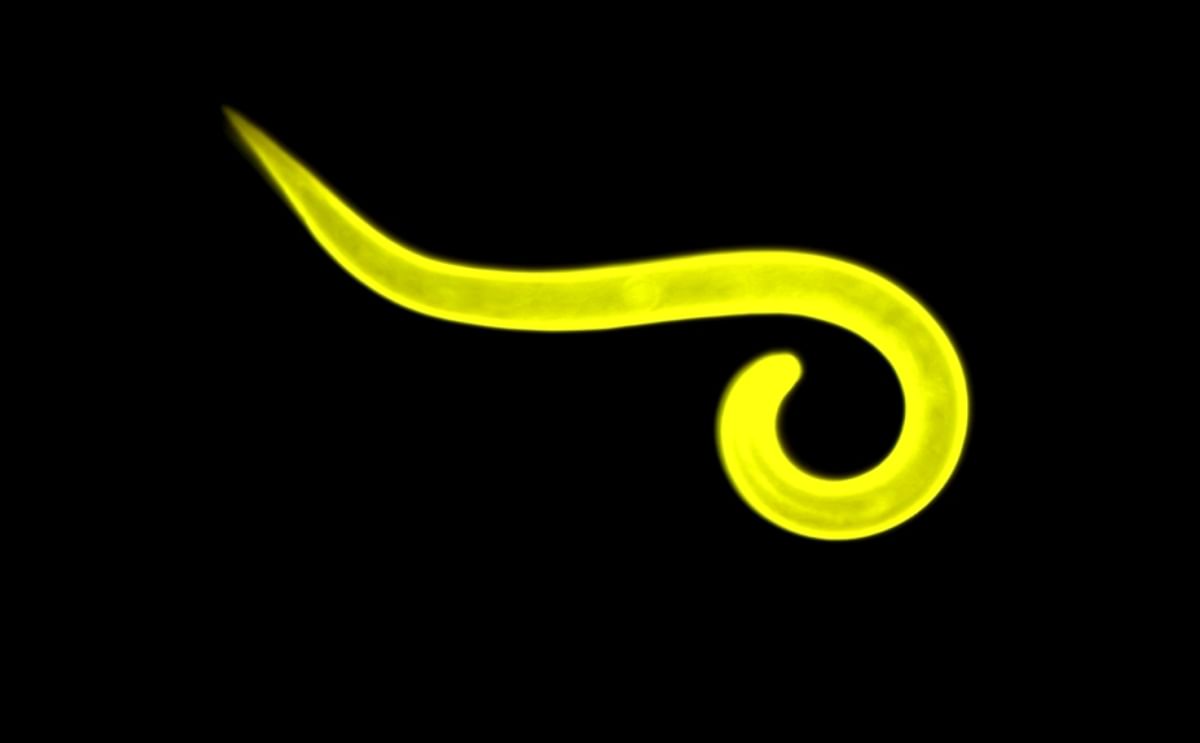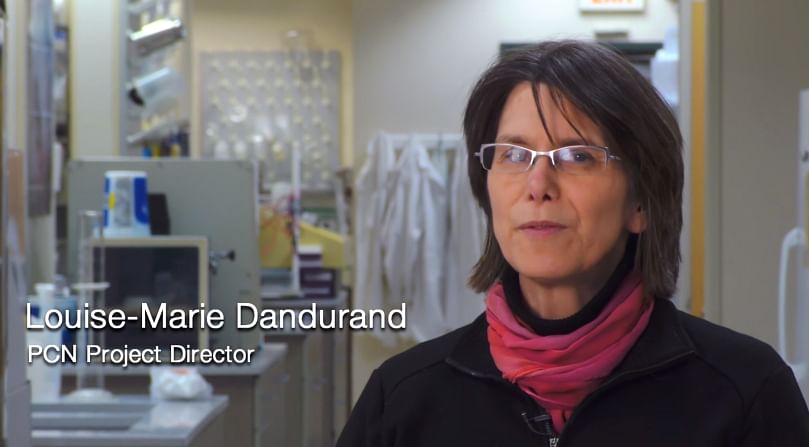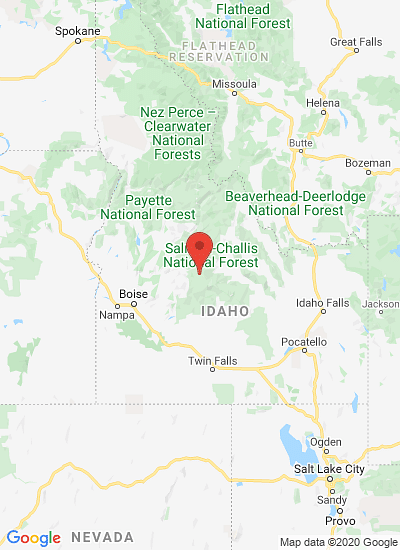Nematodes are a microscopic worms that threaten potato production
主标签
University of Idaho leads major research effort to reduce the threat of nematodes

The University of Idaho is leading a $3.2 million project to combat microscopic worms (nematodes) that threaten potato production.
The project, which focuses on the pale cyst nematode and golden nematode, relies on university, federal and industry efforts.
These nematodes can reduce potato production by up to 80 percent by infecting the plant’s roots, draining energy that would otherwise create tubers. One of the nematode’s worst qualities for farmers is that its cysts or egg clusters can survive up to 30 years in the soil.
The $3.2 million grant from the USDA Food Security Challenge Area program is one of only three projects funded nationally this year. The project's research and extension team of eighteen scientists includes six UI faculty members in the areas of nematology, plant pathology, plant molecular biology, Extension and agricultural economics.
UI professor Louise-Marie Dandurand will lead the project that includes researchers from the University of Idaho, Oregon State University and Cornell University, as well as the USDA Agricultural Research Service and international experts. The team’s goal is to reduce the threat of these invasive nematodes to the U.S. potato industry.
The GLOBAL project — short for the Globodera Alliance in a nod to the nematodes’ scientific name —has strong support from the potato industry, Dandurand said. A nematologist, she has directed UI’s pale cyst nematode project since 2011.
Pat Kole, the Idaho Potato Commission’s vice president for legal and government affairs, wrote a letter supporting the grant for the project. He stressed the importance of developing nematode-resistant potato varieties.
The presence of the pale cyst nematode in Idaho, the golden nematode in New York, and a newly discovered Globodera species in Oregon and Idaho in 2012 “all highlight the threat that this group of nematodes poses to the $45 billion U.S. potato industry,” Kole wrote.
The discovery of the pale cyst nematode in southeastern Idaho in 2006 led to a cooperative U.S. Department of Agriculture and Idaho State Department of Agriculture response program that includes aggressive movement restrictions, sanitation requirements and an eradication program that bans potato planting in PCN infested fields spanning a 7.5-mile radius in Bingham and Bonneville Counties.
The area, which is less than 3,000 acres, represents less than 1 percent of Idaho’s more than 300,000 acres used to grow potatoes, according to the USDA Animal and Plant Health Inspection Service. The agencies acted swiftly to reassure potato buyers beyond Idaho that the pest would not spread.

Watch the video to learn more about this potato pest and how researchers at the University of Idaho are combating it.
The University of Idaho is the U.S. center of pale cyst nematode research, most of it conducted on the Moscow campus far from the state’s potato fields
The GLOBAL team will employ molecular genetics to better understand the threat posed by these nematodes, develop nematode-resistant potato varieties and enlist the potato industry and use the nematode threat as a way to teach about agricultural impacts of invasive plant pests.
Another main goal of this project is to try to move forward with developing resistant potatoes that are suitable for this region, such as russet potatoes.
European potato growers have developed resistant potato varieties to contend with pale cyst nematode infestations there, Dandurand noted. The U.S. project will try to bring those resistance genes into new varieties suitable for the Northwest.
New York potato growers who have contended with the golden nematode for decades have had resistant potato varieties. However, a new pathotype of the nematode has developed that can infest even the formerly resistant varieties, meaning researchers must find new forms of resistance.
The Extension component of the project will help potato growers learn more about how to apply research discoveries to their operations, including spotting potential nematode problems.
Dandurand:
“Understanding the factors which contribute to the risk of this invasive pest, and development of resistant cultivars that are suitable for U.S. markets, will better equip the potato industry and regulatory agencies to deal with current infestations, and minimize impacts of possible future introductions.”









